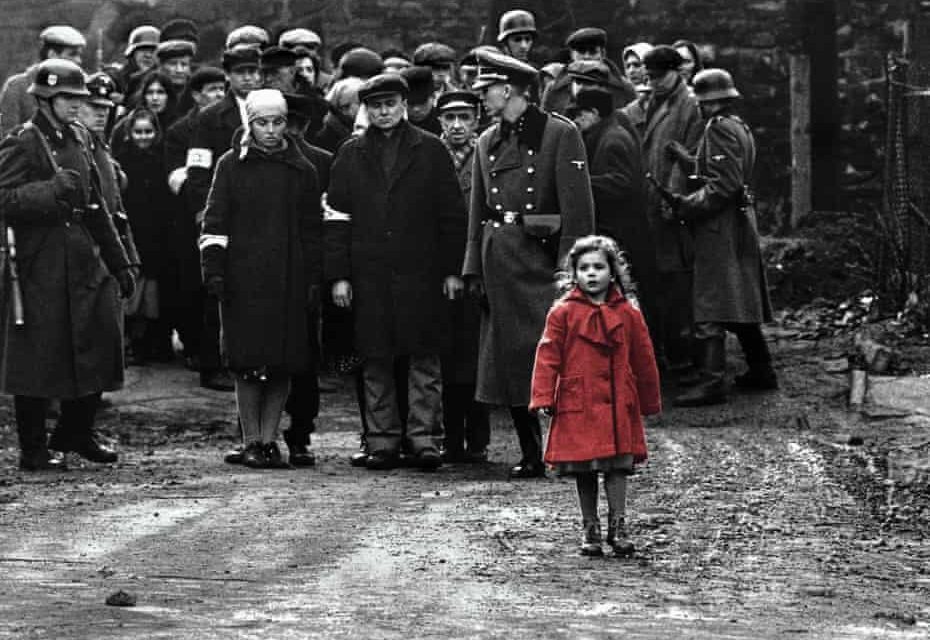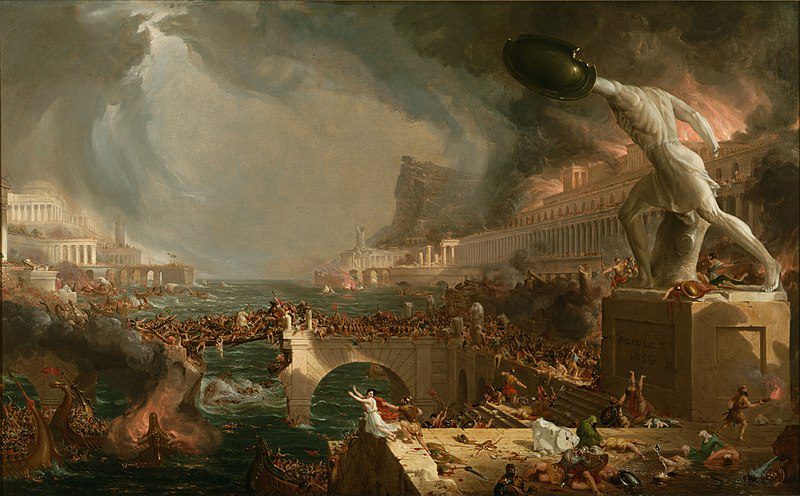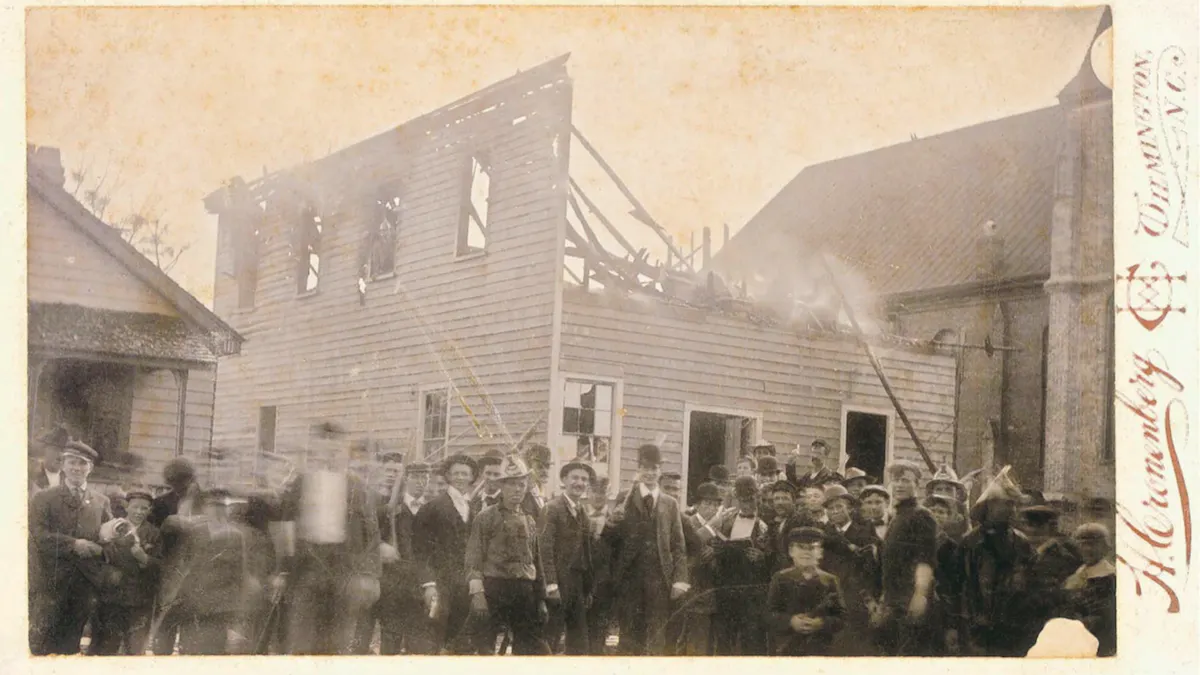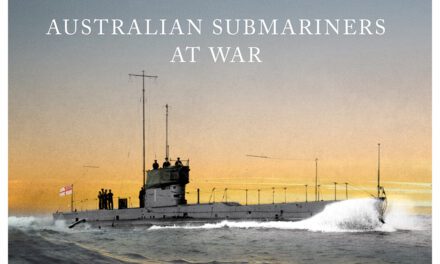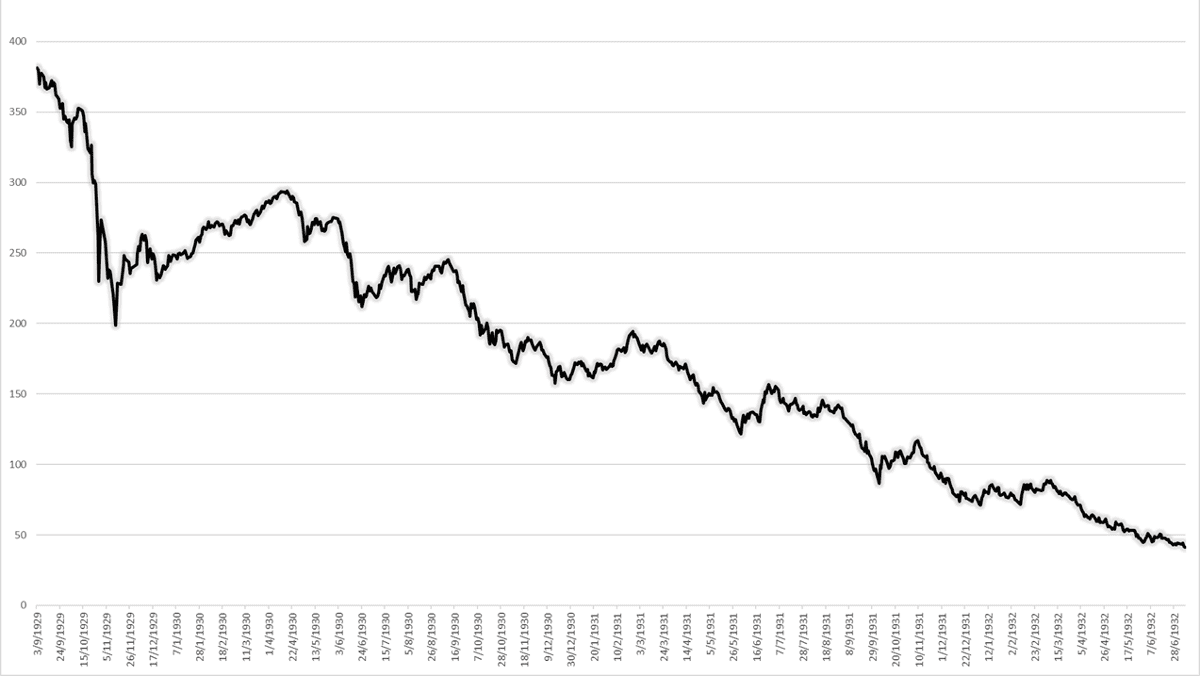IN APPRECIATION OF SCHINDLER’S LIST
Reading time: 7 minutes
Revisiting Steven Spielberg’s harrowing Holocaust drama on the 28th anniversary of its theatrical release
Films are often created with the aim of providing escapism and fun for audiences; sometimes they are sad too, and many times they are also thought-provoking, tragic and uplifting. And then there are films that exist as the total opposite of escapism and fun, and that go way beyond just being “sad” or “tragic”.
By Michael Vecchio
Steven Spielberg’s 1993 masterpiece Schindler’s List, which celebrates its 25th anniversary on December 15th, is a film crafted specifically not to entertain or simply make one cry, but to confront us with a horrific truth. To confront us with the reality of crimes so unspeakably evil, it still seems hard to fathom they ever occurred. Spielberg then didn’t just present a film about the Holocaust, but an urgent and disturbing call to never forget; and to ensure these acts remain in the past.
Though there are numerous films on the Holocaust, both before and after Schindler’s List (The Pianist, Judgement at Nuremberg, and Son of Saul amongst others) it continues to be the story of Oskar Schindler and his role in saving over one thousand Jews that remains amongst the most haunting and strikingly effective cinematic experiences ever. We remember Schindler’s List, not because it entertained us or even moved us, but because like the Holocaust we cannot afford to let it be forgotten.
This isn’t simply another war movie or documentary on the Final Solution, but a personal and front seat view to this great catastrophe of human history. Steven Spielberg’s deeply personal touch shows that the film is so much more than just a chronicle of Nazi atrocities, but of the obstinance of both goodness and wickedness. Through the movie’s lens we can perhaps begin to try and imagine the widespread horror, then cry and reflect and be glad we have a home to return to.
Upon viewing it audiences certainly won’t feel happy, but perhaps they won’t be sad either; rather it is numbness that will be felt. A feeling of incredulity, shock, and confusion. And so we remember Schindler’s List as we remember the Holocaust: not with happiness but with a solemn duty to commemorate the memory of those lost to the cruelty of man.
This is a great film about a horrendous chapter of history; indeed an irony to put the words ‘great’ and ‘horrendous’ together. Yet the work of Spielberg, cinematographer Janusz Kaminski, composer John Williams, and screenwriter Steven Zaillian (and all others who worked on the film) do unquestionably contribute to the greatness of the film, in spite of its obviously distressing material.
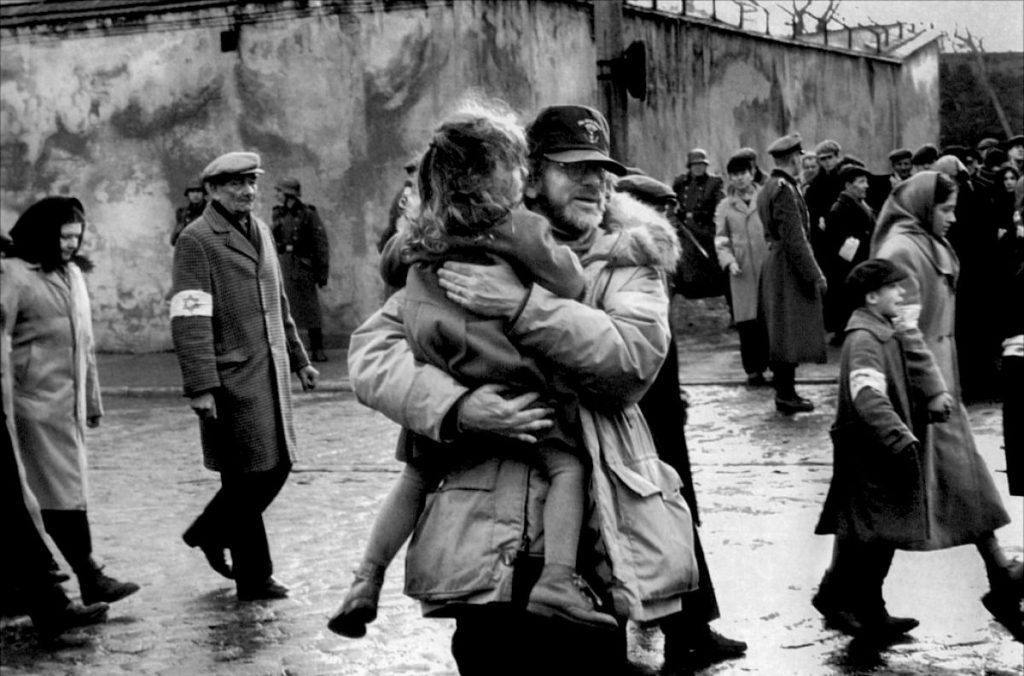
1993 was a year of polar opposites for Spielberg and Williams particularly, who in June had completed Jurassic Park ( a film filled with action thrills and escapism) and by December would have Schindler’s List out in theatres. The juxtaposition between Jurassic Park and his other films up to that point ( Jaws, E.T. , Indiana Jones, for instance) to Schindler’s List, had many questioning whether Steven Spielberg could pull off a film with such important gravitas (though he had directed The Color Purple in 1985) ; indeed it was suggested to the director that he complete “the dinosaur movie” first, because Schindler’s List would require a total and complete concentration to give its material justice.
The Holocaust was life without light. For me the symbol of life is color. That’s why a film about the Holocaust has to be in black-and-white.
Steven Spielberg
Since then Spielberg has helmed many other films of a serious nature (Saving Private Ryan, Munich, Bridge of Spies), but in 1993 the uncertainty about his ability to present a Holocaust narrative was certainly pervasive in some circles. Yet when the final product was released it was clear that Steven Spielberg hadn’t just made a film, but a type of literary masterpiece.
Filmed in black and white to ostensibly portray the literal darkness that befell Europe during the Second World War, Schindler’s List uses the story of German industrialist Oskar Schindler (Liam Neeson) and his employment of Jews in his ammunitions factory to personalise this infamous era of modern history; Schindler’s act would be one that saved nearly 1,200 from their fate in the concentration camps. With this black and white visualization, Spielberg seems to be putting the film’s narrative outside of the normal chain of human events. The world is good and full of color, but the evils committed during the Holocaust stand outside of it, a hideous scar on what should otherwise be a wonderful world. Only a young girl in a red coat remains as the last image of a long lost innocence.
While the crimes of the Holocaust were predominantly against Jews, Spielberg (and screenwriter Steven Zaillian) painfully illustrates that this genocide was an assault on everyone, an assault against humanity. Oskar Schindler’s decision was so much more than a matter of life and death, but an ultimate showdown with evil. If each person could have done what Schindler undertook who knows what might have been? With his win for Best Director at the Academy Awards, Steven Spielberg officially placed himself in the upper echelons of filmmakers, though the making of this film alone would be reward enough.
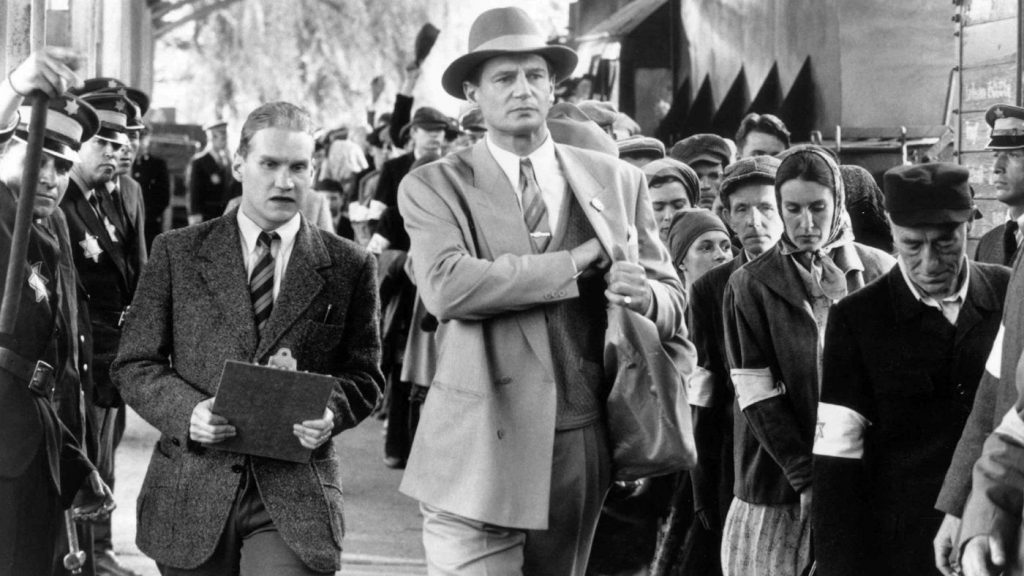
Scenes of the Krakow Ghetto and mass deportation are hauntingly dramatized, while summary executions are depicted in all their depravity. Polish cinematographer Janusz Kaminski captures all the horror, misery and even faint traces of hope though great uses of shadows and light (especially for a black and white film); there are the faces of Schindler and his associates raked by total despair and duty, while the sickening glee of camp guard Amon Goth (a frightening Ralph Fiennes) is like a punch in the gut. Kaminski, who also won an Academy Award, points his camera in the most uncomfortable ways, not because he wants to, but because he has to. There is nothing in Schindler’s List that is easy to ingest, but really there is no other way.
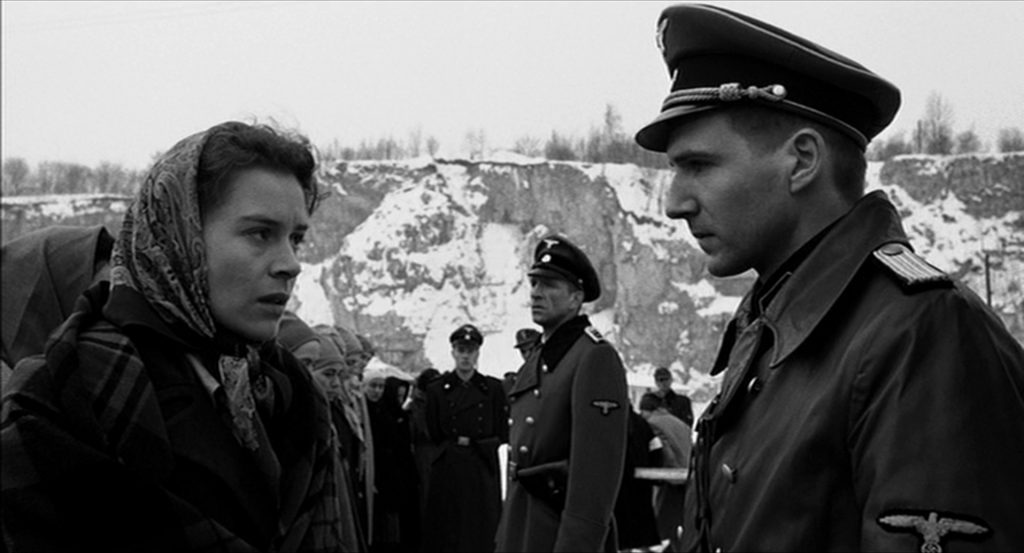
Beyond these vivid images and the very nature of the film, its musical score from the brilliant mind of John Williams is also amongst the reasons it has achieved a long-lasting resonance. The main theme (performed by Israeli violinist Itzhak Perlman) has found a life of its own as a celebrated concert piece; the wailing of the strings create an image of pure anguish. Although a relatively simple melody it is totally heartbreaking and stirring, which shows once again why Williams’ genius is supreme. Tracks infused with the sound of a children’s choir also add an air of inevitable tragedy, rounding out this superb soundtrack. It earned the Maestro his fifth Oscar for Best Original Score, as well as a BAFTA and Grammy Award.
In total Schindler’s List would win seven Academy Awards including Best Picture and was selected for preservation in the Library of Congress in 2004. But of course, it is not the awards that have made this film essential viewing. As a document used to chronicle this maddening period of our history, the film continues to showcase why the fight for human dignity will never ever age.
25 years after its theatrical release, Steven Spielberg’s Schindler’s List remains as strikingly horrifying and redemptive as it first did in 1993. With much talent on both sides of the camera, it would seem obvious that the film became a masterstroke of art. Yet with such sensitive and obscene subject matter, it seems almost impossible to make any sort of cinematic adaptation let alone one as daring as this one. Through it all, however, Spielberg and the other contributors fashioned an epic film that stands as an important tool in the ongoing battle to never forget and to never repeat.
It is not a film intended to be watched casually or for escapism, but to dutifully reflect and dwell on how and why man has been able to go so astray. In ways however Schindler’s List may indeed provide an ‘escapism’; not a joyous or fun one, but a somber escape to a time of insanity that we must never dare to let vanish into history. And there is perhaps no better companion on the journey of remembrance than this film about a man called Schindler.
Originally published: December 2018
Podcasts on this topic
Articles you may also like
This article was republished with the kind permission of the author, Michael Vecchio.

